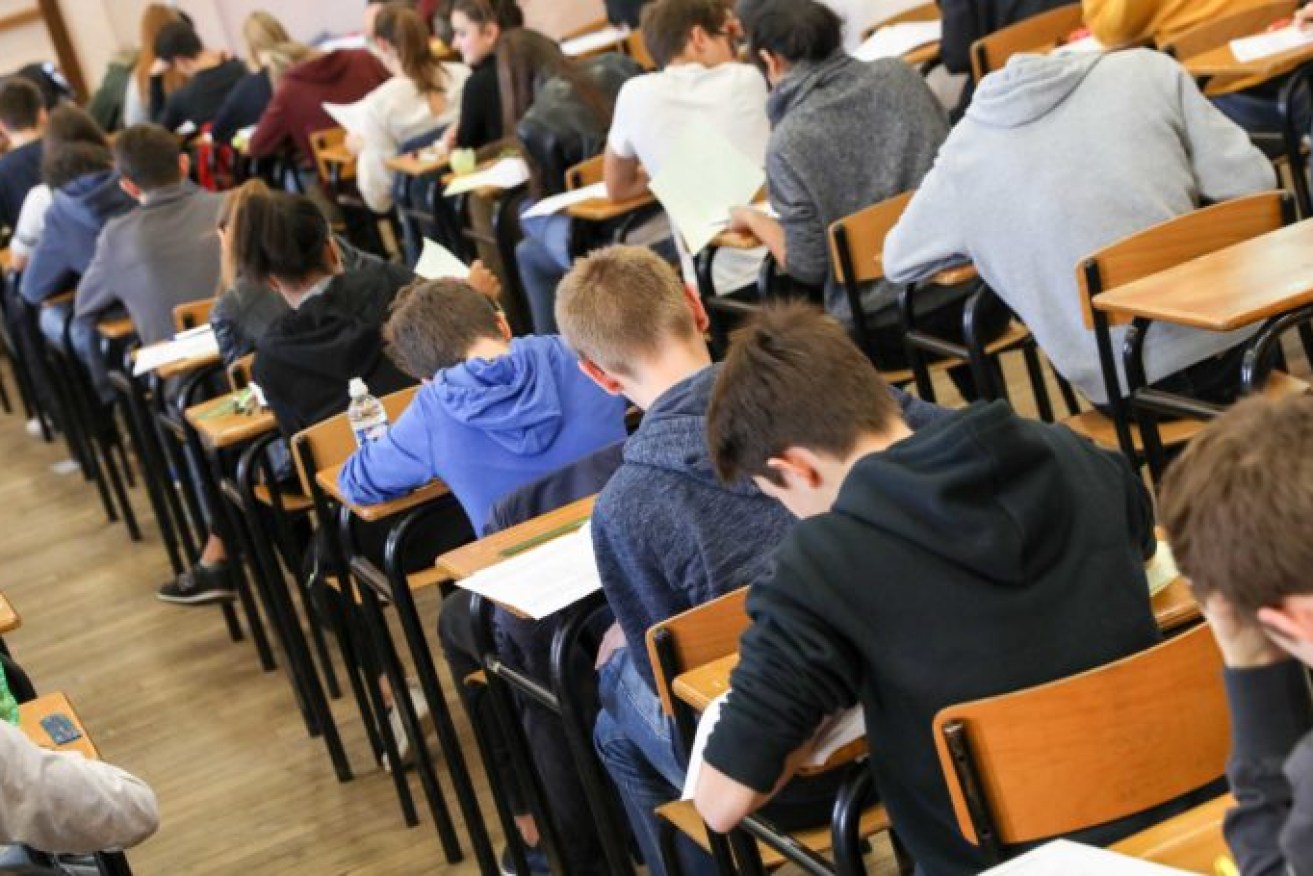Schoolyard spat over student retention report card
More than two years after pledging to track school dropouts in a bid to improve retention rates, the Education Minister says a report is imminent – but the Opposition is accusing him of dragging the chain.


Photo: CrowdSpark/Thierry Thorel.
In July 2018, John Gardner promised to track students when dropping out of the public system and improve data collection.
At the time, he said he wanted to work with the Education Department to determine the employment and training outcomes of students who leave school early, to prevent them slipping through cracks.
Now he says a report is “currently being prepared” by the Australian Council for Educational Research.
“We expect the report on this work will be delivered very soon,” Gardner told InDaily.
Opposition education spokesman Blair Boyer has accused him of “making excuses” about why a proper tracking system hasn’t been introduced.
“Since July 2018, countless numbers of students have left school early and the Marshall Liberal Government has no idea where they are or what they are doing,” Boyer said.
“Minister Gardner was obviously more interested in a headline, rather than good policy, because he has done very little in terms of tracking students who leave school before the end of Year 12.”
Gardner hit back, insisting “we have got on and actually commissioned this work”.
“The former Labor government remained blissfully unaware of the actual picture regarding SACE completion for 16 years and refused to own up to what was really happening,” he said.
“We are working hard to reduce the number of students who choose to leave school without a job or training pathway.”
Latest figures show the year 10 to 12 student retention rate for 2019 was 77 per cent, down slightly from 78 per cent the previous year.
“Data such as SACE retention rates alone do not demonstrate whether a student has left to pursue an apprenticeship or other employment, which would be a positive outcome,” Gardner said.
“This year, South Australia has seen a significant rise in apprenticeships and traineeships undertaken, while the rest of the country has gone backwards.
“We have seen a particularly significant rise – 37 per cent – in school-based apprenticeships and traineeships, which is encouraging more students to complete their SACE while working, where in the past they may note have chosen to do so.”
Gardner said the student tracking report would help inform the government and schools on “what further supports we can provide to students, schools and other services to most effectively prepare students for successful lives”.
In a statement, a spokesman for the Education Department said the research report – involving interviews with 580 year 10 to 12 students from 101 schools who had either left school early or appeared to be at risk of not completing SACE – would be finalised “this year”.
“It will provide detailed insights into where students who leave prior to completing SACE have gone and what can be done to support them into work or further study,” he said.
“The findings will help inform the department’s policies and programs to ensure that students are supported into meaningful pathways.”
The spokesman said a “larger, more detailed piece of work” was needed.
“The State Government has committed to work with other states and territories to implement a unique student identifier that will be introduced for all secondary school students to allow governments to research students’ subsequent education, training and employment pathways and outcomes,” he said.
The spokesman also said the quality of retention and completion data had improved.
He said from 2018, the department had tracked individual student progress while at school for a more accurate reflection of retention rates and SACE completions.
“While the data shows a slight reduction in retention, importantly SACE completion rates have grown steadily each year from 2017,” he said.
In relation to retention rates, the spokesman said it was important to note that students might leave to either enter the workforce or for further study, or to move interstate, overseas or to a non-government school.




